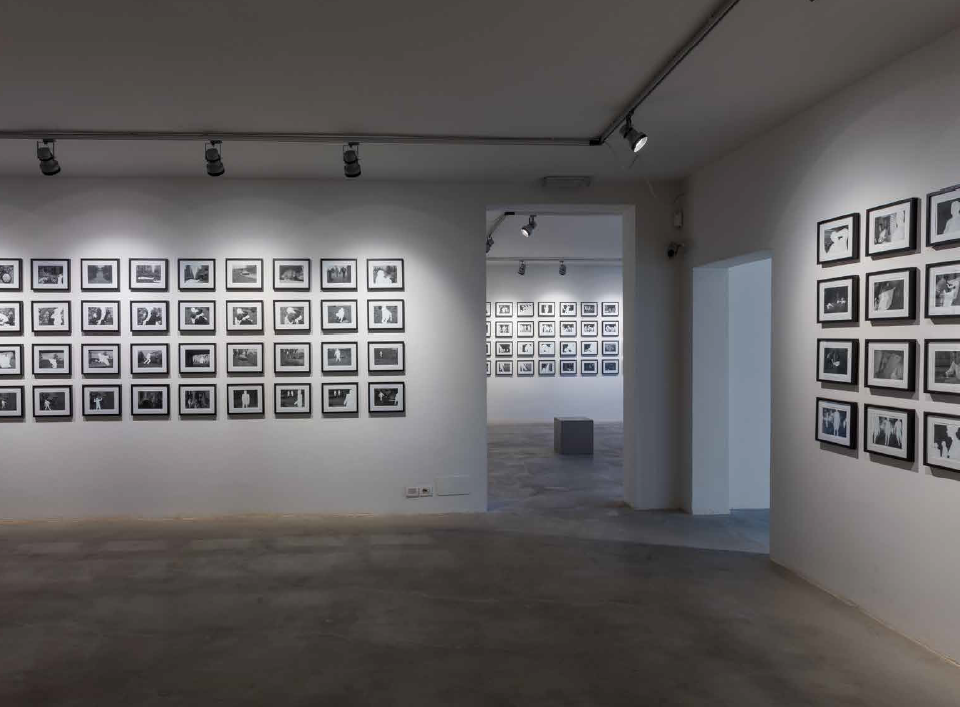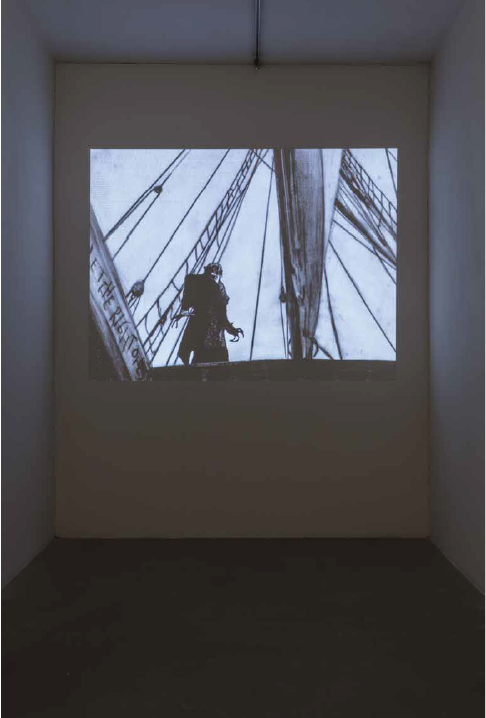[English text below]
Il cerchio di questo bouquet di tecniche mastrovitiane si chiude naturalmente su quel Nysferatu. Symphony of a Century che, nel 2017, gli ha aperto la strada da regista/sceneggiatore. Se avessimo ancora dubbi sulle componenti bulimiche del titanismo dell’artista quest’impresa può fugarli tranquillamente. È un film d’animazione che ha richiesto dodici assistenti, tre anni di lavoro e oltre 35.000 disegni. Reinventando Nosferatu, il capolavoro di Friedrich W. Murnau, Mastrovito lo riambienta tra l’odierna Siria e una New York martoriata da tensioni sociali e violenze. Nel processo di riappropriazione del reale la misura del film è una sorta di luna-park per l’artista, in cui omaggi, citazioni e reinvenzioni non hanno praticamente limite. L’asse della metafora vince quello del tempo e dello spazio, ciò che importa è l’attualità e universalità politica di sentimenti e turbamenti umani. Anche perché, nella testa di Mastrovito, ciò che unisce queste sei opere è la figura dell’antieroe nel suo rapporto con la fine: la morte inevitabile che attende gli animali predati come i fiori al massimo del loro vigore, quella inferta dall’ingiustizia umana, accettata dai martiri o subita dai prigionieri, e quella desiderata da Johnny, sospeso tra la vita e la morte come i vampiri di Nysferatu e gli zombie di I Am Not Legend.
Nysferau – Symphony of a Century
The circle of this bouquet of Mastrovitian techniques comes to a natural close on that Nysferatu – Symphony of a Century which, in 2017, opened the way for him as a director/screenplay writer. If we still had any doubts on the bulimic components of the artist’s Titanism, this undertaking might easily put paid to them. It’s an animated film which called for twelve assistants, three years of work and over thirty-five thousand images. Reinventing Nosferatu, the masterpiece by Friedrich W. Murnau, Mastrovito sets it between modern-day Syria and a New York in the grasp of social tension and violence. In the process of reappropriation of reality, the film-sized scale becomes a sort of funfair for the artist, for whom homages, quotations and reinvention are practically boundless. The axis of the metaphor wins over that of time and space; the important thing is the up to-datedness and political universality of human sentiment and anxiety. Also because, in Mastrovito’s head, what brings these six works together is the figure of the antihero in his relationship with the end: the inevitable death awaiting those animals preyed upon just like the flowers plucked at the peak of their vigour, that in$icted by human injustice, accepted by martyrs or suffered by prisoners, and that desired by Johnny, suspended between life and death like the vampires of Nysferatu and the zombies of I Am Not Legend.

